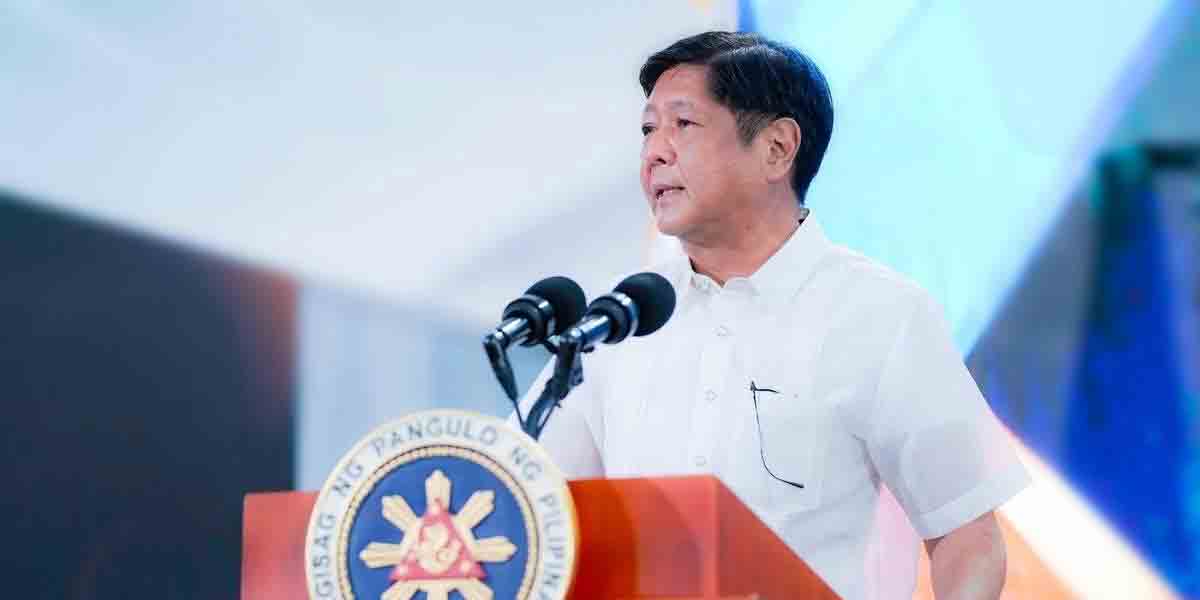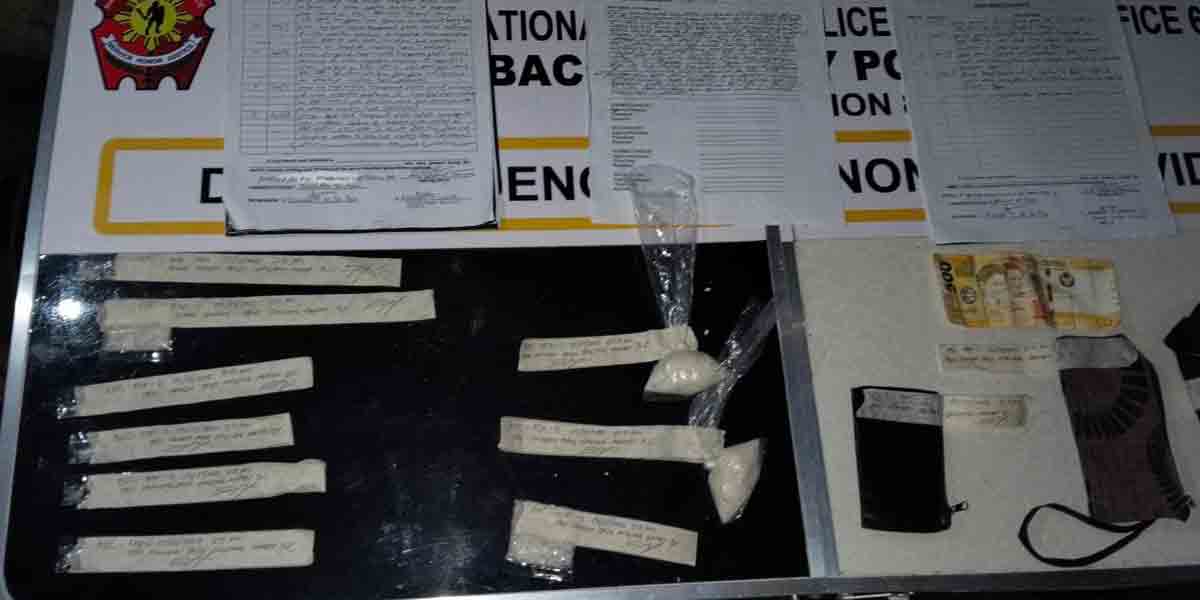By Atty. Eduardo T. Reyes III
Introduction.
Frail on a wheelchair. His gray hair crawls under and up from his hat. Over retirement age, he wants quiet time. He had been on the limelight. And brushes with media. They have written about him. He filed libel cases but were dismissed because he is a “public figure.” They still write about him. They write in stark contrasts. Who he was and how he is today? They have not forgotten.
The problem: The “public figure doctrine.”
Why the problem exists?
Holmes and Brandeis had championed free speech. In Whitney v. California (1927), Brandeis held that “x x x the remedy to be applied is more speech, not enforced silence.” Holmes in turn stressed the “marketplace of ideas.” (Opinion by Justice Oliver Wendell Holmes, Jr. in Abrams v. United States [1919] as cited in Brandeis, “A Life” by Urofsky.)
The writings echoed in New York Times Co. v. Sullivan (1964), where minor inaccuracies in a published advertisement placed by civil rights activists had piqued the police commission. Then in Brandenbugh v. Ohio (1969) the call of re-vengeance against African-Americans and Jews was considered “protected speech.”
While in United States v. Alvarez (2012), US Supreme Court held that freedom of speech covers not just truth, opinion, and mistakes but barefaced lies.
In Philippine setting, Guingging v. Court of Appeals (G.R. No. 128959, September 30, 2005) reinforced the “public figure doctrine” by acquitting an accused because complainant is a public figure. While in Tulfo v. People (GR. No. 187113, January 11, 2021) a lawyer working at the Bureau of Customs filed cases for inaccurate news about him. Accused were acquitted because complainant is a “public officer.”
And recently, in Argelyn M. Labargan v. People of the Philippines, G.R. No. 246824, December 06, 2023, it was concluded that “Offensive imputations against public officers do not constitute defamation when these relate to the discharge of their official duties unless the prosecution proves actual malice.”
Addressing the problem. Case law sides with freedom of speech and expression. Allowing ideas to be floated in media even with inaccuracies, outweigh the disadvantages of muzzled speech. (Paraphrased from the Daily Guardian article “Upholding the right to lie for truth’s sake,” written by Eduardo T. Reyes III for the local newspaper’s 20th Anniversary Issue).
Findings. Untruths can be tolerated for so long as they do not create a clear and present danger of harm lest the purveyors of truth be cowered to abandon the truth in the hidden panic-room of fear. In today’s social media world where fake news proliferates, the tricky question is whether to take them down or not. (Paraphrased from the Daily Guardian article “Upholding the right to lie for truth’s sake,” written by Eduardo T. Reyes III for the local newspaper’s 20th Anniversary Issue).
Significance of research. Legal paradox stands that the law is willing to uphold the right to pry. What about the right to privacy? Where does privacy end and public scrutiny begin? If there be zones where there is a reasonable expectation of privacy, then, too, there must be legal guides on when a public figure can revert to privacy.
Dusk must usher in the right of a former public figure to return from glaring sunlight to shade of anonymity. And then they can eat alone.
(The author is the senior partner of ET Reyes III & Associates (ETRIIILaw) – a law firm based in Iloilo City. He is a litigation attorney, law professor, MCLE lecturer, bar reviewer and book author. His website is etriiilaw.com).

























